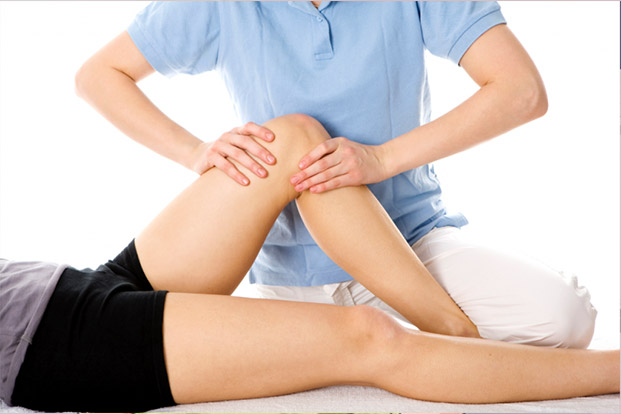Role of Physiotherapist in Cancer Rehabilitation
Apr 19, 2022
Physiotherapist provides maximum support to the patients who needs functional independence. They match the patients exercise as per the need, safety and formulate the same to benefit the patient in an effective way. The skills of the therapist help the individuals to gain functional mobility.
Physical activity has shown tremendous improvement in cancer survivors. Higher the physical activity means lower the mortality rate in cancer patients. Generally these patients shows low levels of physical activity due to prolonged bedridden illness.
Early physical activity lead to early movement of the patient. It also helps increasing the participation of the patient in the daily routine activities with decreased dependency on the care takers. It also helps to reduce functional difficulties related to work.

Common rehabilitation problems seen in cancer patients :
- Radiotherapy Induced
- Muscular Dystrophy
- Neurogenic Problems
- Pain
- Oedema
- Fatigue
- Immobility
- Osteoporosis
- Depression
- Decreased Immunity
- Hair Loss
- Bad Taste
- Mouth Soreness And Dryness
Benefits of Physiotherapy to Cancer Patients:
Increased exercise activity also helps to increase the aerobic activity in the body which leads to increased blood cells, increased muscular endurance of the overall body. Stretching of the muscles on the regular basis also helps to reduce contracture of the joints, splinting can be done if required.
Primary aim of the therapist is to gain muscular strength ,strength, flexibility and endurance.
The first aim is to reduce the pain by pain reliving modalities and also to maintain joint range of motion by giving active and passive range of motion if required. Ice can be applied to decrease inflammation or cryotherapy can be used .
Benefits of Physiotherapy in Lymphedema:
Lymphedema is the abnormal accumulation of protein-rich lymphatic fluid that causes swelling specially in the arms, hands, chest or legs, it can also affect other parts of the body . It occurs when the normal drainage pattern of the lymph nodes is compromised. Lymphedema may be inherited or may be the result of surgery or trauma.
Patients with a history of any of the following may be at risk for developing lymphedema:
- Breast cancer surgery
- Cancer of the lymph nodes
- Chronic venous insufficiency
- Filariasis
- Cellulitis/Lymphangitis
- Abdominal surgery
- Joint replacements
- Radiation therapy
- Rheumatoid arthritis
- Vascular surgery
- Traumatic injuries
- Horizontal incisions
Symptoms of Lymphedema generally include:
- A feeling of fullness or tightness in the arm or leg
- Aching or pain in the arm or leg
- Skin tightness
- Decreased flexibility in the hand, wrist or ankle
- Weakness in the affected arm or leg
- Difficulty fitting into clothing in one specific area
- Swelling in the hand (may be evidenced by rings, bracelets or watches that no longer fit)
- Weeping of the skin
Lymphedema treatment helps patients by the following :
- Reduced fluid volume
- Reduced swelling
- Improved limb appearance and skin integrity
- Increased range of motion and mobility of the affected area
- Decreased pain
- Reduced risk of infection
- Improved skin appearance




